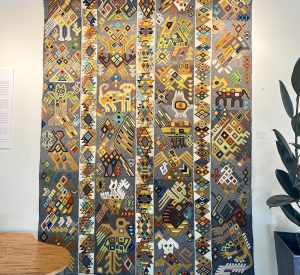
Mary Anne Wise and her team at Multicolores, a non-profit rug-hooking cooperative established in Guatemala, presented weaved art pieces at the Amy Kaslow Gallery in Bethesda last week.
Their journey began when Wise recognized the pressing need for additional income-generating opportunities in Guatemala, a country where traditional weaving skills are highly regarded, but economic challenges are widespread. Wise decided to teach a rug-hooking class to a group of Mayan women.
Wise developed a curriculum tailored to women’s needs and abilities while respecting and honoring their Mayan culture. The artists, initially known for their intricate weaving and rug hooking, unlocked a new avenue for their cultural expression.
“Sometimes it’s hard for people to understand a culture and create a good format of cultural art. If you are innovative, we can preserve the culture and help find ways how people can be connected to the culture of indigenous lives,” said Wise.
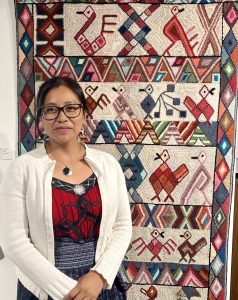
The gallery represented the art pieces under “Mother Earth: Fine Fiber Art from the Middle of the Americas.” The gallery owner, Amy Kaslow, said this is the second time Multicolores is being represented at their gallery and is receiving a huge response from the art collectors and appreciators.
One of the highlights of this transformation was when the Mayan rug-hooking artists showcased their rugs at the renowned International Folk Art Market in Santa Fe. Their creations received acclaim from visitors and enjoyed sales success, significantly boosting the economic outlook of the artists and their community.
“We have managed to succeed by having high-price sales and high-profile sales for Multicolores. We have had them profiled in a significant piece in the Washington Post by the art critic, and we’ve written about them a great deal as journalists,” said Amy Kaslow. “We’ve had public fora discussions about their work and their impact as a multiplier regionally and their possibility to be highly replicable in crisis areas around the world.”
The perspective of Multicolores and Rug Money has shaped the future of this successful nonprofit business, emphasizing the importance of community, education, and empowerment for women.
“Women’s integration into the workforce is the single most economic driver for developing countries,” said Kaslow, promoting indigenous women to monetize their artistic skills. She also talked about how indigenous women contribute their money to get food or buy school uniforms for their children, depicting their struggle in Guatemala.
According to the World Bank, poverty is estimated at 55.2 percent of the population in 2023, with the informal economy accounting for 49 percent of GDP.
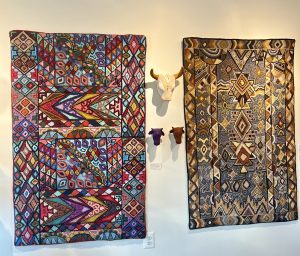
Rug Money celebrates the achievements of Multicolores in Guatemala, where artistry and creativity have become catalysts for change. While the initiative began without a clear end goal, its success has become a model for organizing and advancing a nonprofit while driving social change. Multicolores contributes to a sustainable future for the environment by recycling clothes into cultural art. “The life of these artists who boost and travel around the country to innovate new art styles understand that they need to be sustainable to be able to survive in this environment,” said Jim Taglauer, co-director of Bethesda Row Arts.
According to the United States Environmental Protection Agency, The average US consumer discards 81.5 lbs of clothing annually. An estimated 11.3 million tons of textile waste, or 85% of all textiles, are disposed of in landfills each year in America alone. This translates to about 2,150 pieces each second nationwide and 81.5 lbs (37 kg) per person annually, which calls out to find sustainable ways to recycle and reuse at an alarming rate.
In a world where creative expression and sustainable practices are more important than ever, Rug Money and Multicolores stand as examples of how art can serve as a force for change, both in the lives of individuals and in the global community.

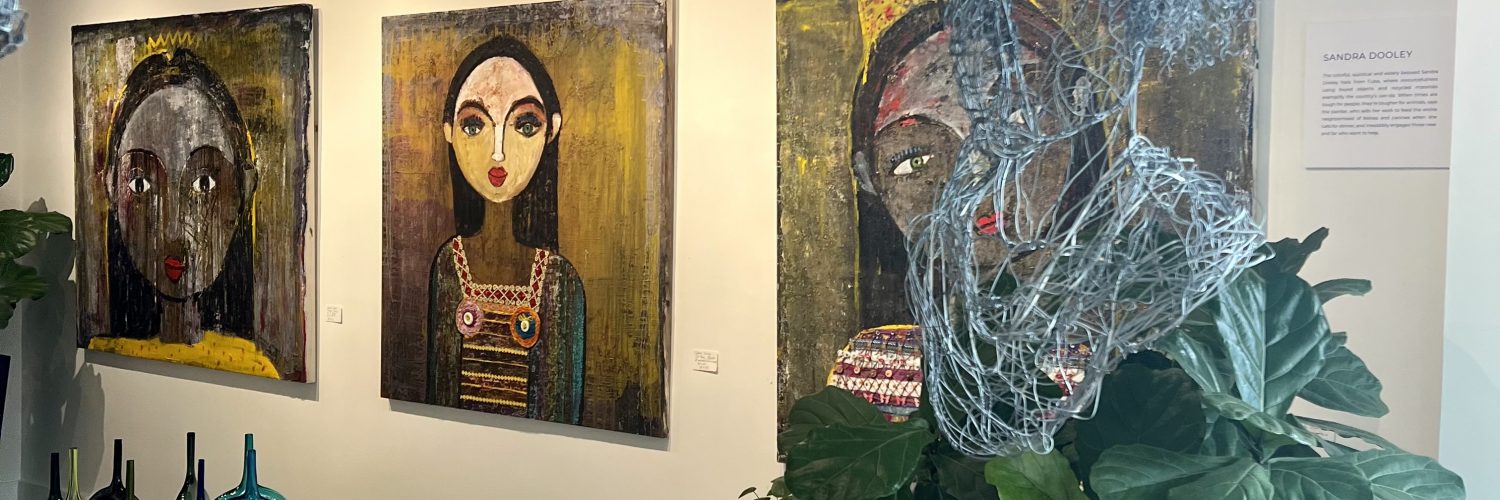


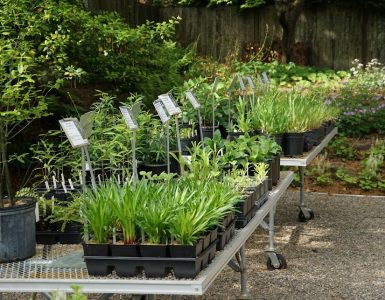










Add comment